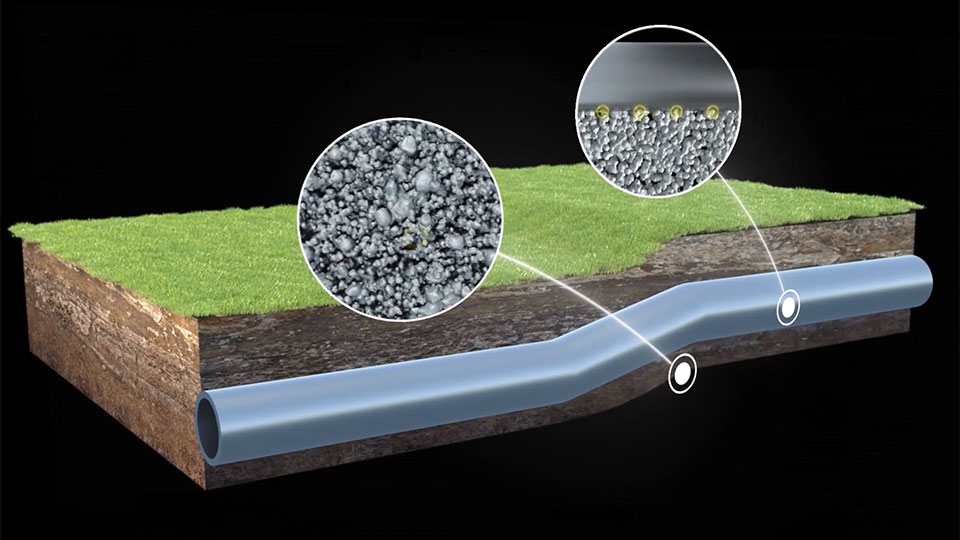Slope ALARMS: Rail
Players Crescent, Southampton, UK
Partners
Network Rail
Geotechnical Observations Ltd
Network Rail are monitoring a landslide in a 12-metre-deep rail cutting located near Southampton.
The tree-lined slope is formed in Barton Clay Formation. Slope movements occur following prolonged periods of rainfall and these have traditionally been measured using periodic surveys of inclinometer casings installed through the landslide.
To provide continuous and real-time information on the status of the slope, two active waveguides and Slope ALARMS systems were installed in February 2011. They were located adjacent to an inclinometer casing, at the head of the slope, and a ShapeAccelArray (SAA), at the toe of the slope.
Progress and impact
The results from the field trial demonstrated performance of the Slope ALARMS system to provide continuous information on slope displacement rates with high temporal resolution via comparisons with the SAA continuous deformation measurements.
The study confirmed that the Slope ALARMS approach can detect slope movements of slow rate and small magnitude, and communicate warnings by way of an SMS message based on AE levels indicative of slope displacement rates.
The messages can be used to initiate relevant action such as sending an engineer to inspect the site or controlling train access to the section of track.
The field trial has demonstrated the capability of Slope ALARMS to provide real-time information that could be used by operators to make decisions on traffic safety. In addition, measurements of AE during train operations have shown that the sensors can remove such sources of environmental noise and hence ensure that false alarms are not generated.
Published papers
Dixon N, Smith A, Spriggs MP, Ridley A, Meldrum P and Haslam E (2015b) Stability monitoring of a rail slope using acoustic emission. Proceedings of the Institution of Civil Engineers: Geotechnical Engineering 168 (5), 373-384.
